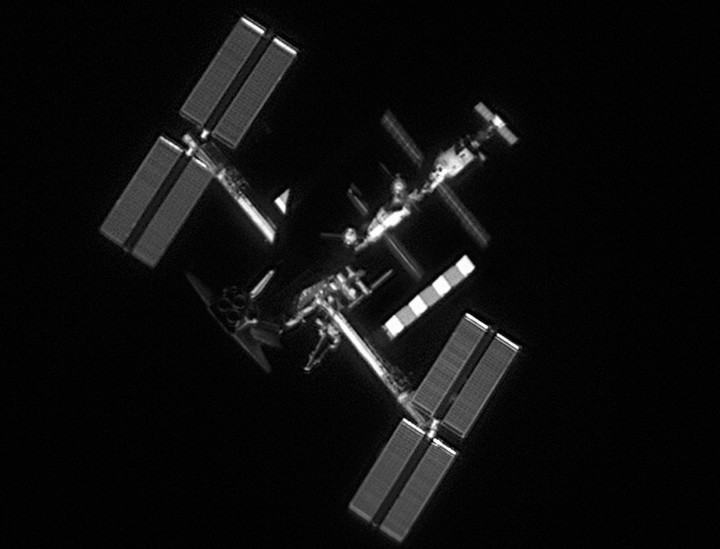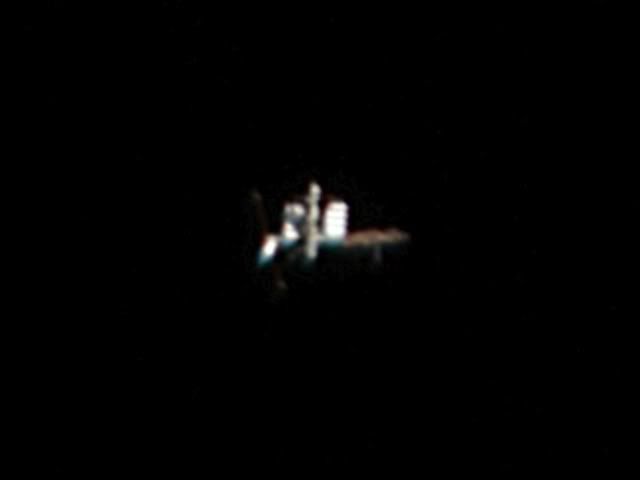Yes, but the photo in this thread is taken from the ground, so the atmosphere can't be that bad when there's no dust or moisture in the way.
Also, 10^-4 radians should be something like twenty arcseconds--there are about 57 degrees in a radian and 3600 arcseconds in a degree, which makes about 216,000-220,000 arcseconds in a radian.
It's not just dust and moisture you have to worry about, it's the atmospheric seeing as well. Now that photo was taken with a rather large telescope (obviously), but I have to wonder if they were using some kind of adaptive optics as well in order to compensate for seeing, perhaps by using an "artificial star" (laser).
The only alternative is that they got lucky with a very fast camera and managed to catch a brief moment of incredibly steady seeing. Webcam astrophotographers use the latter method to take amazing shots of the planets, but because they're trying to be selective in what frames to stack and what frames to discard, it can take several minutes at least to accumulate an averaged image that looks good. You don't have that kind of time with a space station pass; in a telescope the station's perspective shifts so fast that even after just 1 second it's moved too much to keep stacking images.
A friend and I managed to get this image with my 8" schmidt-cassegrain -
Obviously I'll never be able to approach the clarity of the amazing image above, but I still want to get my "dream shot" before they retire the shuttle - a shot of the shuttle next to the station right after undocking or right before docking. It's been done at least once before, and I nearly pulled it off myself once (I overexposed it, doh!), but I want to get it at least as clear as this shot here.


